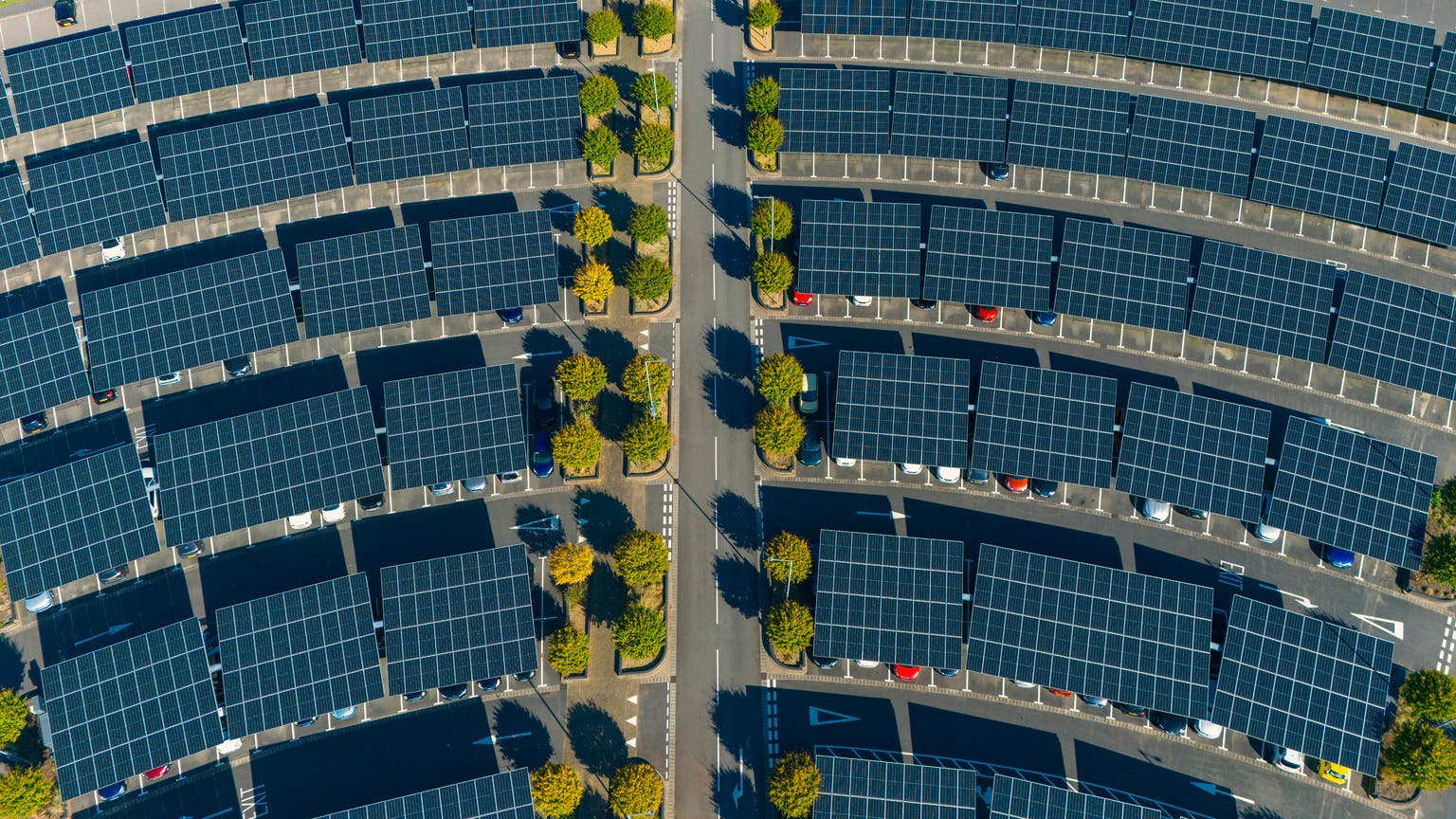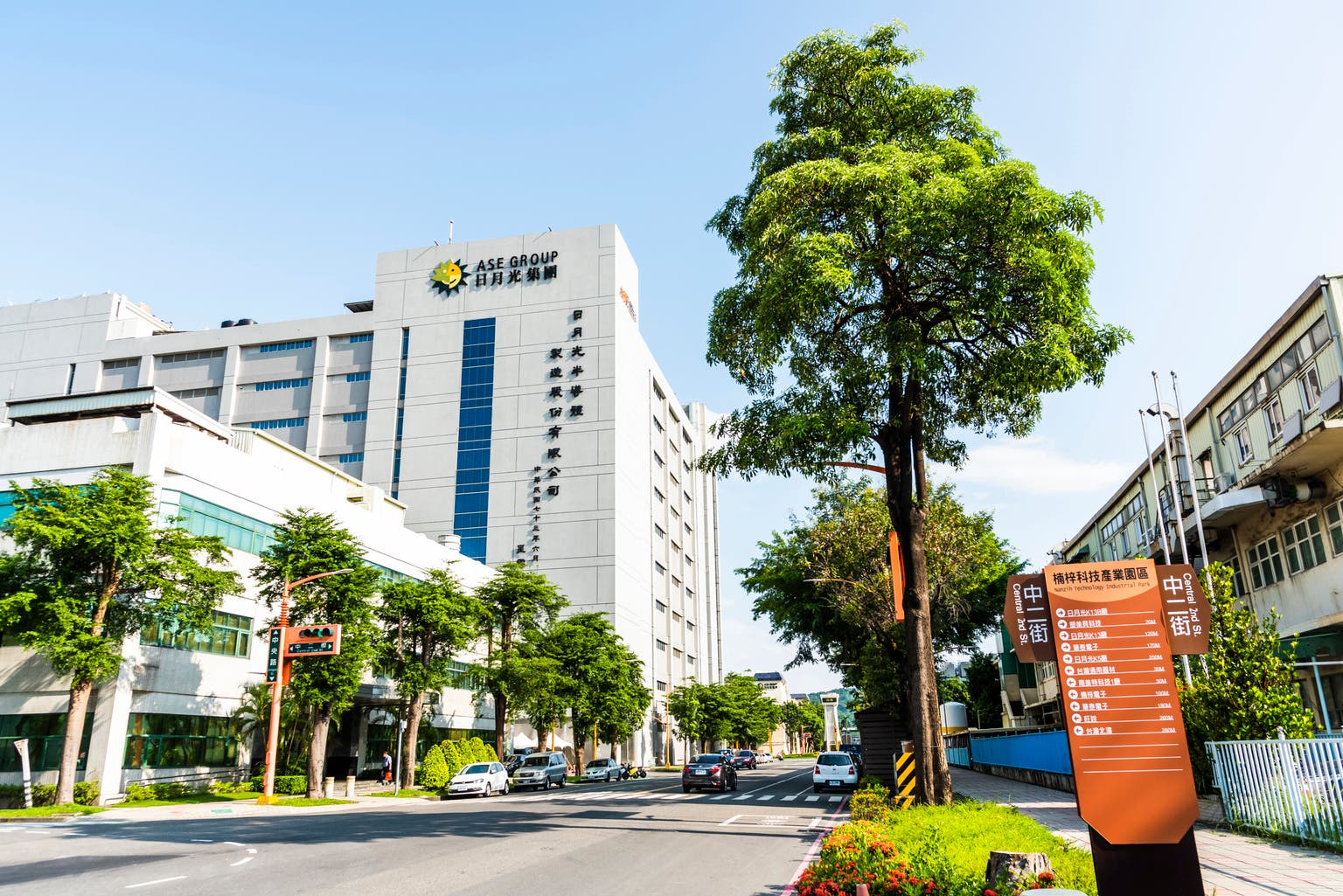California's New Tech Rules Threaten Food Supply and Drive Up Prices

California, the nation's agricultural powerhouse, is facing a critical challenge. New, stringent regulations on agricultural technology are raising concerns among farmers that food prices will continue to climb, potentially impacting consumers nationwide. The state, responsible for a staggering portion of the U.S. food supply – 40% of vegetables, nearly 70% of fruits and nuts, and $8.13 billion in dairy annually – is now grappling with rules that could significantly disrupt production and inflate costs.
The core of the issue lies in the state's Department of Food and Agriculture (CDFA) and its evolving approach to technology in farming. While the intention behind these regulations is often to promote sustainability and address environmental concerns, many farmers argue that the current framework is overly restrictive and hinders innovation. Specifically, concerns revolve around the use of automation, precision agriculture techniques, and even data collection – all vital tools for modern farming practices.
Impact on Food Prices: A Looming Crisis
Farmers are already struggling with rising operational costs, including labor shortages, supply chain disruptions, and the effects of climate change. Now, with these new technology restrictions, they anticipate even greater financial pressure. The increased costs associated with complying with the rules, coupled with potential reductions in efficiency and yield, are almost certain to be passed on to consumers in the form of higher food prices.
“These rules are essentially tying our hands behind our backs,” says one California farmer, speaking anonymously due to fear of retribution. “We’re trying to feed the nation, and these regulations are making it harder and more expensive to do so. Consumers will ultimately pay the price.”
The Broader Implications
The situation in California isn't just a regional concern. Given the state’s dominance in agricultural production, any significant disruption to its food supply has national implications. Reduced yields and increased prices in California could lead to shortages and higher costs across the country, impacting everything from grocery bills to restaurant menus.
Furthermore, the restrictive regulations could discourage investment in agricultural technology, hindering the development of innovative solutions that could improve efficiency, reduce environmental impact, and enhance food security. This could put California farmers at a competitive disadvantage compared to producers in other states or countries with more favorable regulatory environments.
Finding a Balance: A Path Forward
The CDFA insists that its regulations are necessary to protect the environment and ensure sustainable farming practices. However, farmers are urging the department to reconsider the current framework and engage in a more collaborative dialogue to find a balance between environmental protection and economic viability.
A potential solution could involve a more tiered approach to regulation, with different standards applied based on the size and type of farm, as well as the specific technology being used. Furthermore, providing farmers with technical assistance and financial incentives to adopt sustainable practices could help ease the transition and mitigate the negative economic impacts of the new rules.
The future of California’s agricultural industry, and indeed the nation’s food supply, hinges on finding a workable solution that addresses both environmental concerns and the economic realities faced by farmers. Failure to do so could have far-reaching consequences for consumers and the agricultural sector as a whole.






